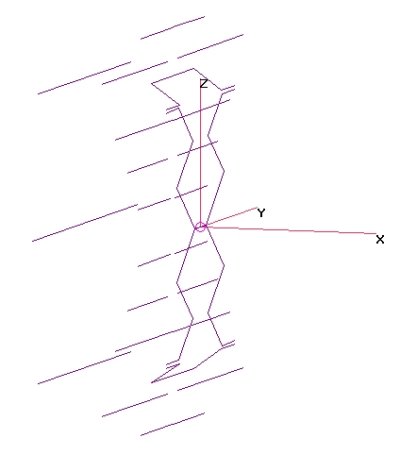Breaking from my usual LBYM mode, I bought a new tv yesterday and the old one was not completely broken. I like the flat tv's and I thought that it would be nice to not have to deal with a converter box. The old tv made a horrible noise if I accidentally turned off the converter box before the tv.
Now I would like a good antenna. We only have over-the-air tv and I have no interest in cable. Any recommendations?
Now I would like a good antenna. We only have over-the-air tv and I have no interest in cable. Any recommendations?


